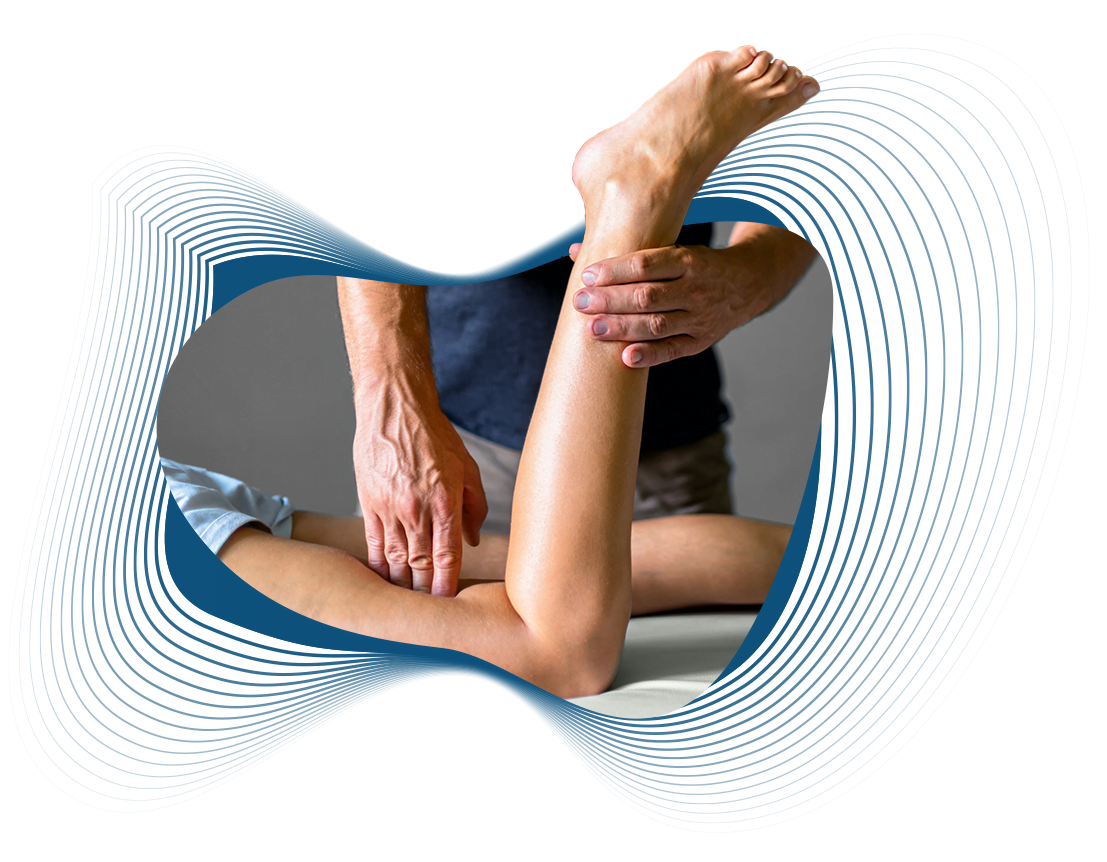MANUAL THERAPY

Manual therapy is a type of physical treatment used to address musculoskeletal pain and dysfunction. It involves the use of the hands to manipulate, mobilize, and massage the body’s tissues. The primary aim of manual therapy is to improve movement, reduce pain, and enhance overall function. Here are some key aspects of manual therapy:
- Techniques: Manual therapy includes a range of techniques such as:
- Joint Mobilization: Gentle, controlled movements applied to a joint to increase its range of motion and decrease stiffness.
- Joint Manipulation: A more forceful technique that aims to restore proper alignment and function, often accompanied by a “pop” or “crack” sound.
- Soft Tissue Mobilization: Techniques like massage or myofascial release that target muscles, tendons, and fascia to relieve tension and improve blood flow.
- Stretching and Mobilization: Methods to stretch and mobilize muscles and connective tissues to enhance flexibility and reduce muscle tightness.
- Treatment Goals: The primary goals of manual therapy are to alleviate pain, restore movement, improve posture, and support the healing of injured tissues. It can be particularly effective for conditions like back pain, neck pain, and joint problems.
- Integration with Other Therapies: Manual therapy is often combined with other treatments such as exercise therapy, ergonomic advice, and modalities like heat or ice therapy to achieve comprehensive care.
- Practitioners: Manual therapy is performed by various healthcare professionals, including physical therapists, chiropractors, osteopathic physicians, and massage therapists. Each professional may use different techniques based on their training and the patient’s needs.
- Evidence and Effectiveness: Research supports the effectiveness of manual therapy for various musculoskeletal conditions, though its benefits can vary based on the specific condition and individual response. It’s often used as part of a broader treatment plan.
- Safety and Considerations: While generally safe, manual therapy should be performed by trained and licensed professionals. It’s important to discuss any health conditions or concerns with the practitioner to ensure that manual therapy is appropriate for your situation.
Overall, manual therapy aims to improve physical function and quality of life through hands-on
